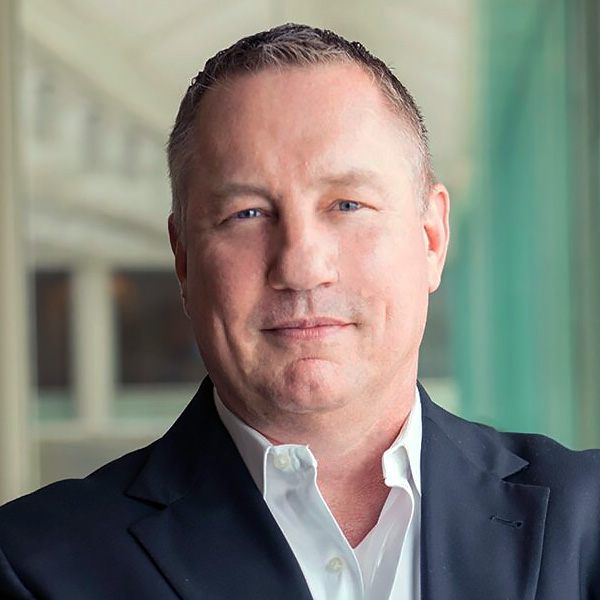
Reggie and The Billable Hour Model
As I’m sure you are well aware, we are in a tough economic spot here in America. Many of my colleagues are feeling the pressure from the current economy. You might be feeling it too.
Because of this, I wanted to take a few episodes of the podcast to talk about and help you think about your practice in the context of protecting profitability and income.
In this episode, I’m going to tell the story of an attorney named Reggie.
Reggie was a bright young lawyer, idealistic and passionate about the law and about bringing justice to the poor. His story provides an amazing example of prioritizing efficiency, overcoming pushback, and implementing specific strategies to make more money as a lawyer.
Herding Cats
Reggie graduated from law school after clerking at a firm for a couple years. He quickly became the managing attorney of the firm but it was a mess. He felt like he was herding cats.
Reggie decided to hire a coach to help him take all of this on. The coach’s name was William and he was a professor at the school Reggie had just graduated from.
William put together a team of students from his university who analyzed Reggie’s firm. They agreed it was a mess. As a result, Reggie and William came up with a series of plans and core strategies.
Strategy 1: Accounting Systems
The first strategy they put in place was creating tighter accounting systems.
As you all know, it’s hard to manage others if you don’t understand the numbers. William told Reggie to quit trying to be a good lawyer and instead focus on how each case progressed through the firm and who was doing what.
They had the lawyers track their time as well. Of course, the lawyers rebelled but Reggie eventually got them to track their time. He also tracked the process of each case and created a record-keeping and filing system so everyone could find things quickly.
Strategy 2: Weekly Meeting
The second strategy Reggie implemented was a weekly meeting with all of the attorneys and staff. This ensured that everyone knew what was going on each week. Looping everyone in this way also ensured that things were flowing properly in the firm.
Strategy 3: Management Control Process
Finally, Reggie implemented a new management control process. He constantly asked questions around who touched each case, when they touched it, and why they touched it. The staff once again hated it but Reggie persevered.
Because of all of these changes, within 24 months, Reggie increased the flow-through (the amount of cases going through the firm) by 65%. He also reduced the cost by 2.5%. He did this with no increase in staff, budget, pricing, or overhead.
The New Firm
Reggie stayed at the first firm for five years and then joined a small firm with only six attorneys. They were so impressed with him that they also decided to make him a managing partner. However, Reggie quickly became frustrated again and had to figure out how to make this firm productive.
This firm operated with fixed prices but Reggie came up with the idea of having the lawyers track their time on time sheets, just like he did at his previous firm. He used those timesheets just to figure out where the lawyers were spending their time and why.
The lawyers viewed tracking their time as the same as being enslaved to a factory and pushed back. However, once again, Reggie persevered. Eventually, it became as much a habit as getting dressed in the morning to the lawyers.
This went on for about five years. At that time, Reggie was having price resistance in the market. Because of that, he decided to try a different pricing model: cost + time.
At the time, bar associations regulated how much lawyers could charge. Reggie, however, went rogue. Over the next 20 years, they integrated the billable hour model into their partnership and the firm grew to 17 partners and eight associates.
Around this same time, the ABA began to study where firms were profitable. They also studied Reggie’s firm. Eventually, they discovered this key insight: lawyers who tracked their time made more money than lawyers who didn’t.
The ABA encouraged Reggie to write articles. Over and over again, he made the argument for efficiency. He asserted that any form of waste in a law firm needs to be eliminated and that lawyers needed to specialize and niche.
Because of all of these changes and strategies, Reggie influenced how the Legal Aid Society worked. The small firm he joined has 1200 attorneys and is worldwide today. He made a huge impact through his revolutionary methods.
The Takeaways
There are nine main takeaways I think every attorney should think about and apply from Reggie’s story.
- Lawyers who track their time and are conscious of focusing their time make more money than those who don’t.
- Lawyers hate change, especially when it comes to them.
- Specialization and niching is smart business.
- Look for ways of eliminating waste and simplifying processes.
- Know your numbers.
- Get a coach.
- Be persistent.
- Be patient.
- Look for ways of creating value.
If you want to learn more about Reggie’s story, check out https://atticusadvantage.com/episode021
Steve Riley
Certified Practice Advisor & Attorney
Steve Riley has coached attorneys for more than 20 years. His one-on-one coaching focuses on a limited number of top producing attorneys committed to taking their practices to new levels of excellence, profit, and personal success. He also presents at group coaching workshops around the country for individual law firms, state bar associations, and other legal organizations.


